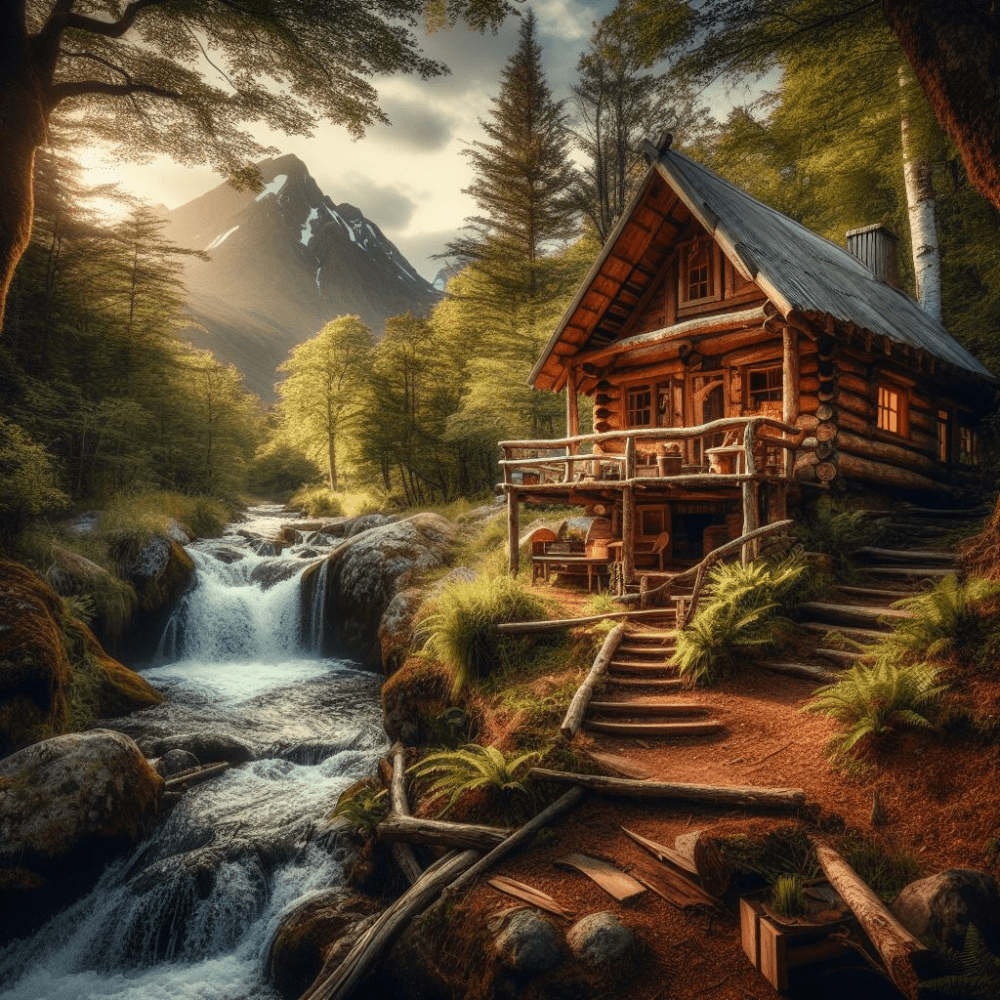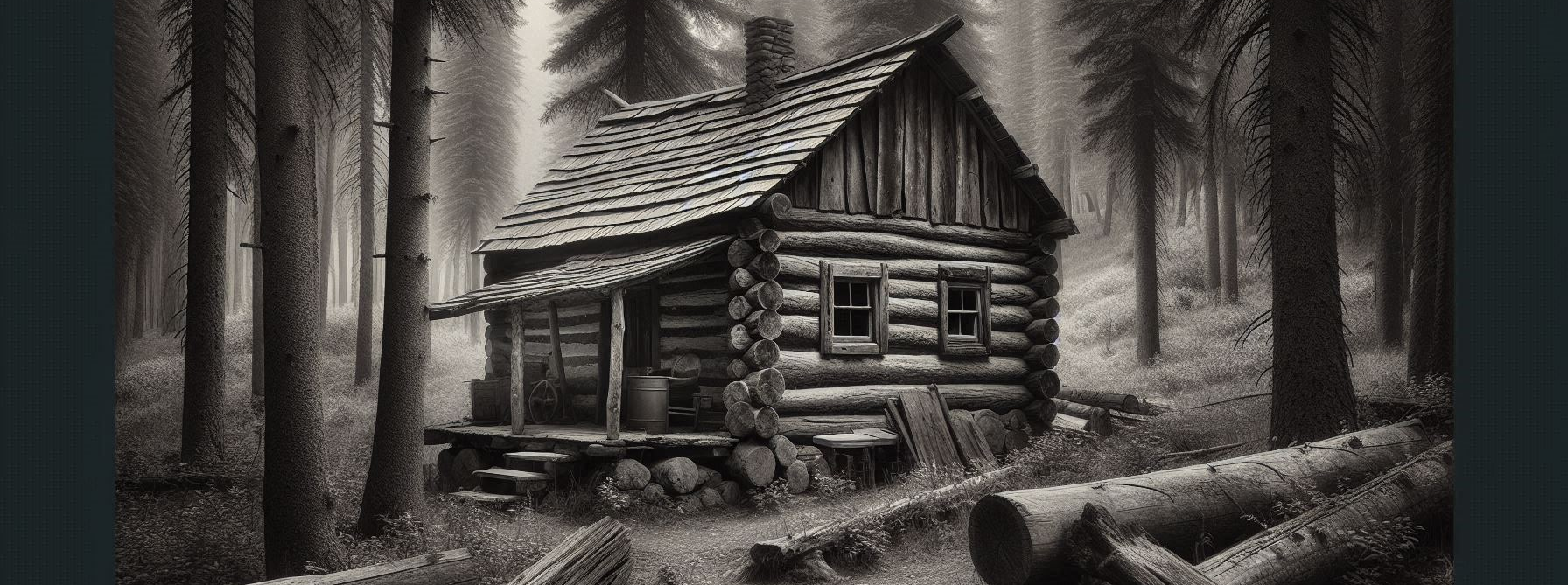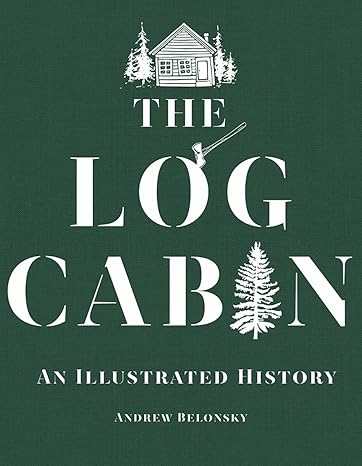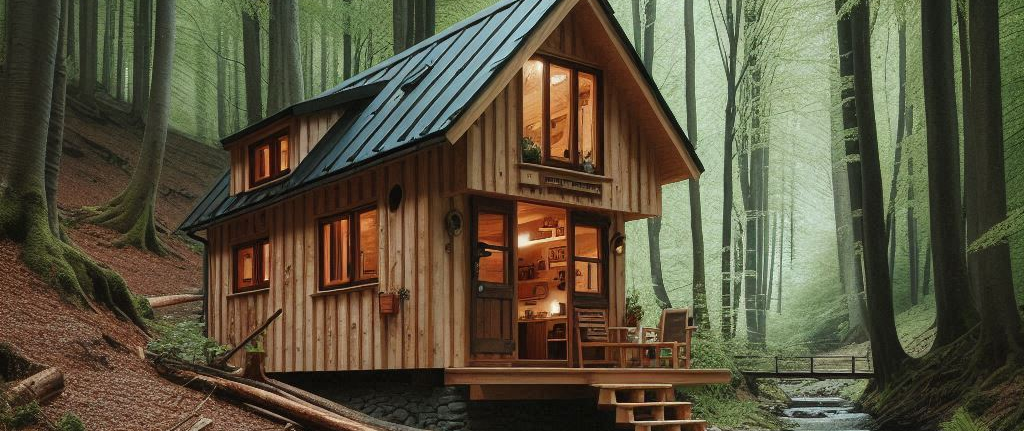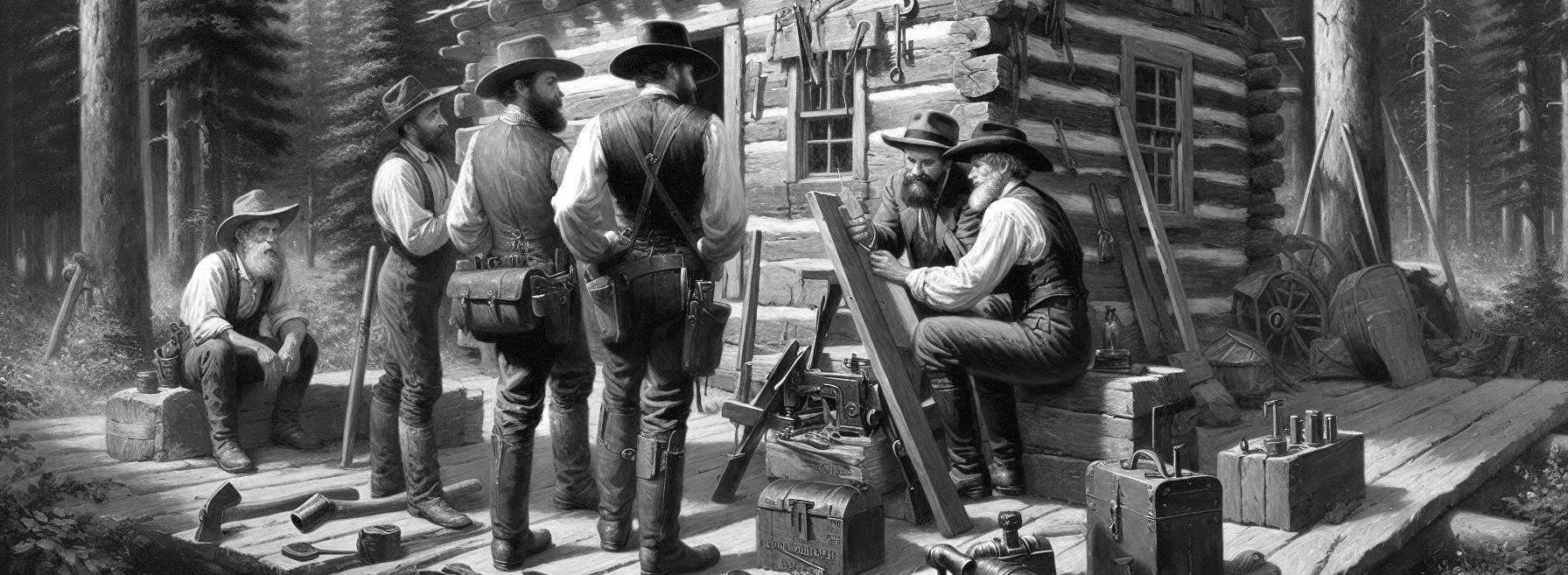Picture the beautiful rolling landscapes of Europe centuries ago, where log cabins were much more than just quaint wooden structures. These shelters were born out of sheer practicality and ingenuity. Among the first users were those resourceful folks in Scandinavia, who used abundant local timber to withstand some wild weather patterns.
Moving beyond Europe, the log cabin took on a new life in North America. Imagine those pioneering settlers in the 1600s, hoping to carve out a spot of their own in a vast, and often unforgiving, landscape. Log cabins were their answer – simple, sturdy, and relatively quick to construct using available materials.
Culturally, these cabins began to symbolize a rough-hewn blend of resourceful, resilient living. They didn’t just provide shelter; they told stories of new beginnings, of finding feet in foreign lands, and the start of what would grow into tight-knit communities.
If you ever get a chance to visit historical sites that feature these early log cabins, take a moment to appreciate their cultural significance. They represent more than just architecture; they’re stories of survival and adapting to the wild wilderness
Design Evolution: Architectural Transformations Over Time
From their humble beginnings, log cabins have evolved remarkably in design and construction techniques. Early pioneers in North America took cues from indigenous people, whose age-old methods were already perfectly adapted to local conditions.
Initially, these cabins were basic, often just one-room homes providing shelter against the elements. But as communities took root and prospered, creativity flowed and designs got fancier. Cabins started featuring multiple rooms, porches, and even glass windows.
Click on the image below and discover a wonderful, illustrated history of log cabins.
Materials have evolved, too. Where settlers initially used rough-cut timbers, techniques improved, introducing tools that allowed for more precise cuts and fits, minimizing drafts and enhancing comfort.
In modern times, the allure of traditional log-building skills combined with contemporary tools and methods has resulted in stunning architectural blends—ranging from rustic, traditional log homes to those boasting all the luxury bells and whistles.
When considering building or buying a log cabin today, think about the design aspects you truly value. Do traditional aesthetics lure you, or do you prefer a modern twist on this classic? Let style meet function by balancing historical charm with modern comforts.
Log Cabins and Their Role in American History
Log cabins have a cozy corner in the heart of American history. As settlers moved westward, these structures became synonymous with the pioneering spirit. The simplicity and resourcefulness required to build a log cabin mirrored the determination of those early American frontiersmen.
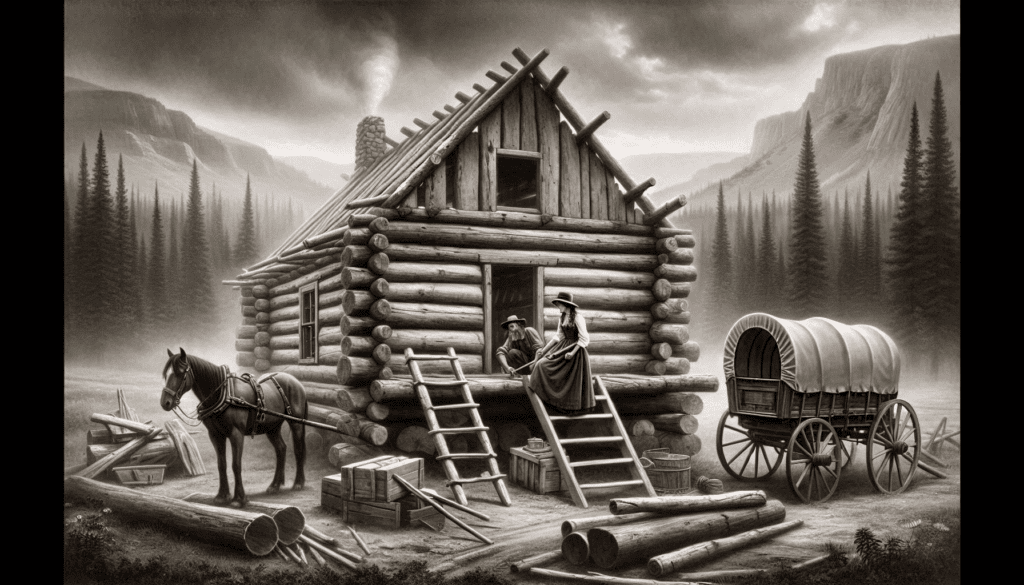
During frontier times, log cabins were more than just homes—they were expressions of the American dream. They stood for independence and a fresh start in a vast new world. Lincoln’s humble birthplace is a log cabin, a powerful symbol of how these structures represented social mobility and the changing face of the nation.
Throughout history, these wooden homes have witnessed and been part of key events. From homesteads dotting the frontier to witnessing the trials of expanding territories, log cabins have been silent but sturdy partners in shaping America’s narrative.
If you’re keen on connecting with this rich past, visiting reconstructed or preserved log cabins in heritage sites can be fascinating. They’re not just buildings; they’re echoes of a bygone era where crafting a new life out of wood and wilderness was the ultimate testament to resilience.
The Modern Revival: Log Cabins in Contemporary Living
Log cabins are enjoying a resurgence as folks look for sustainable and rustic living options in our fast-paced, concrete world. The appeal lies in their ability to blend seamlessly into natural surroundings, offering an escape without sacrificing the comforts of home.
There’s a big draw towards eco-friendly living these days, and modern log cabins fit right into this trend. Many are built with sustainability in mind, using renewable resources and techniques that minimize environmental impact, like better insulation and solar energy options.
Living in a log cabin is more than just about having a roof over your head. It’s a lifestyle choice that often prioritizes simplicity, nature, and self-sufficiency. Imagine waking up every day surrounded by trees, your home part of the landscape rather than an interruption.
In popular media, log cabins often symbolize a retreat or a simpler way of living. They’ve become a sought-after destination for relaxation and re-connection with nature, drawing city-dwellers eager for a breather. If you’re considering this lifestyle, think about what aspects of log cabin living truly appeal to you. Would you enjoy the rustic charm and connection with nature? It’s certainly a choice with more than a touch of romance and practicality.
